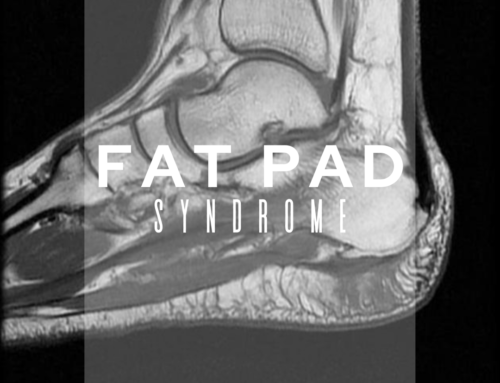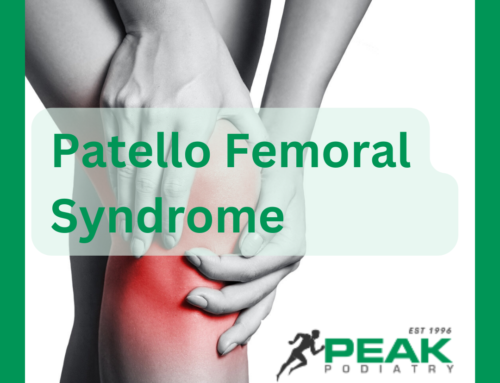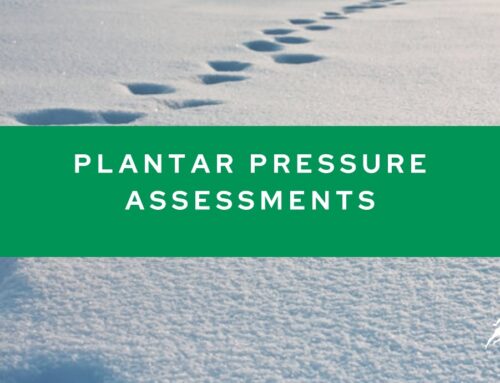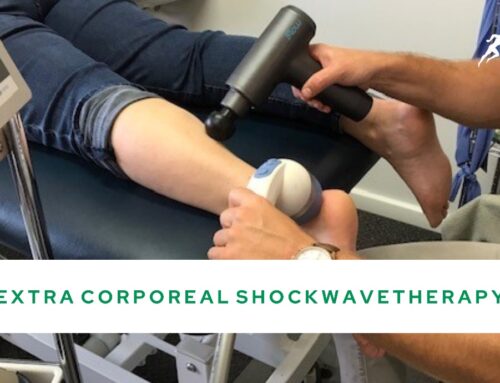Welcome to “Peak Pages” from Peak Podiatry Subiaco.
It’s good to be back into the swing of things after a busy Christmas and New Year period.
With autumn upon us and the 40 degree days supposedly disappearing, we are sure many of you will start to venture outdoors for more training. If you are looking for a challenge in 2016 why not set yourself a goal. With a number of great fun runs, events and mini triathlon’s coming up now is the time to start training and making those New Years resolutions a reality. Check out our “whats next?” column below.
Pop in for a consultation if you would like some advice to ensure you are walking, running or riding at your PEAK!
Whats new
Peak Has gone PURPLE!
2016 has already been a busy and exciting year.. We are very proud to have been selected as the Podiatry provider for the Fremantle Dockers Football Club for the 2016 AFL season.

Injury Profile – Sever’s Disease
| Sever’s disease is also known as calcaneal apophysitis and is an inflammation of the growth plate in the heel of growing children.
The condition presents as pain in the heel caused by repetitive stress and is particularly prominent in active children. Physical activity such as walking, running or jumping are known to aggravate the condition. Primary symptoms are generally experienced around the posterior and plantar area of the heel bone. Externally the heel is almost always normal in appearance and is rarely accompanied with swelling and redness. Sever’s is directly related to the overuse of the Achilles tendon. |
 |
Predisposing Factors
| – Sports involving running and jumping- Girls aged between 8-13
– Boys aged between 10-15 – Lack flexibility in the ankle joint – Foot position e.g over-pronation – Condition of playing surface – Inappropriate footwear |
 |
Diagnosis
As a parent you may notice your child walking or running awkwardly. If you ask your child to rise onto their tip toes, their heel pain usually increases. Pain can be felt in one or both heels in Sever’s disease.
Diagnosis is based on history and symptoms. Clinically, a number of tests will be performed. One test is known as the ‘squeeze test’ which entails medial-lateral compression of the heel in the area of the growth plate which normal elicits symptoms.
Treatment
– Rest, Ice, Compression and Elevation (RICE)
– Physical therapy
– Taping
– Orthotic Therapy
– Heel lifts to offload Achilles
– Stretching and strengthening programs
– Rehabilitation and return to sport programs







Leave A Comment